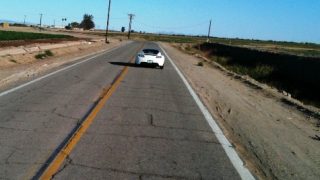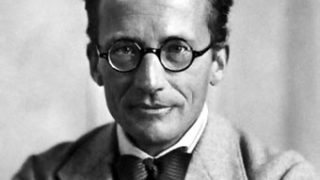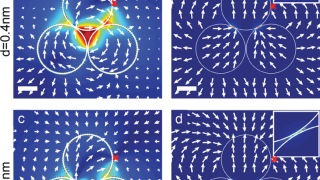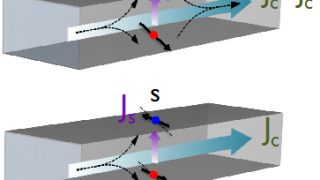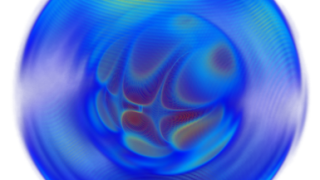
Lasers
An atom in an excited state gives off energy by emitting a photon, a quantum of electromagnetic radiation, according to Bohr’s second postulate. Although Bohr’s specific model of the atom has been vastly extended and incorporated into models based on a different approach , this postulate is still valid. Atoms can acquire internal energy, that […]

